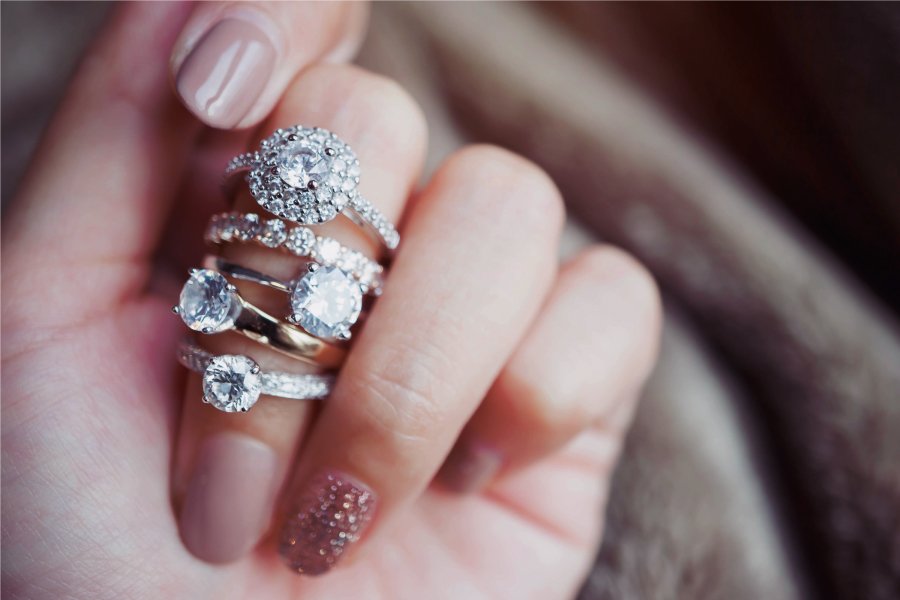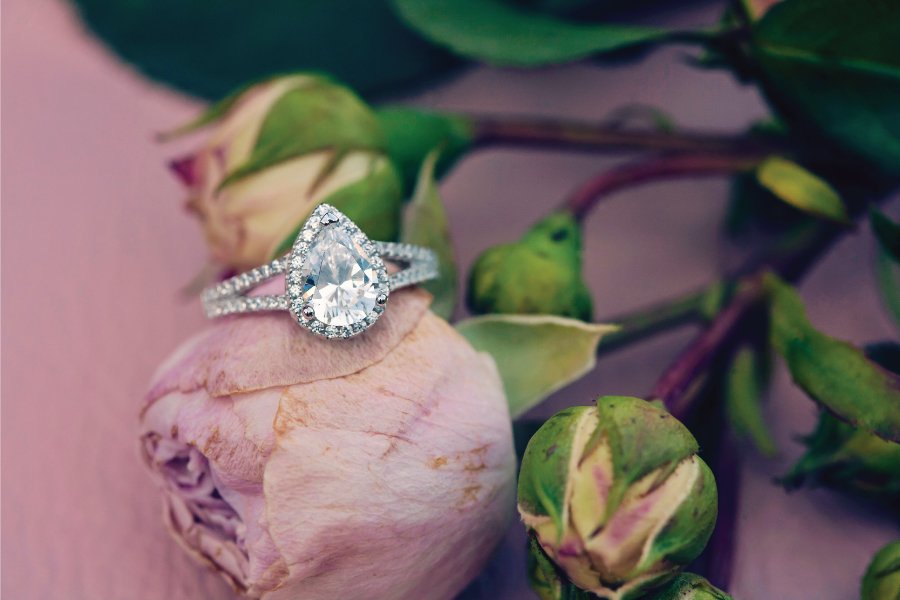Sorry, but the diamond or gemstone isn't the end of your search for the perfect engagement ring. You need to think about the band upon which the stone is set when creating the ring.
The band of an engagement ring is most often constructed of gold or platinum these days. When it comes to color, the debate can get heated — they both seem similar, so which should win in the white gold vs. platinum 'battle'?
Knowing the differences between metals is the first step in selecting the ideal metal for an engagement ring. White gold, which is much more of a silver tone within the white color, is a favourite metal for engagement rings, as we mentioned. But, to complicate things even further, there are also different types of white gold to choose from, something we are going to take a closer look at here.








